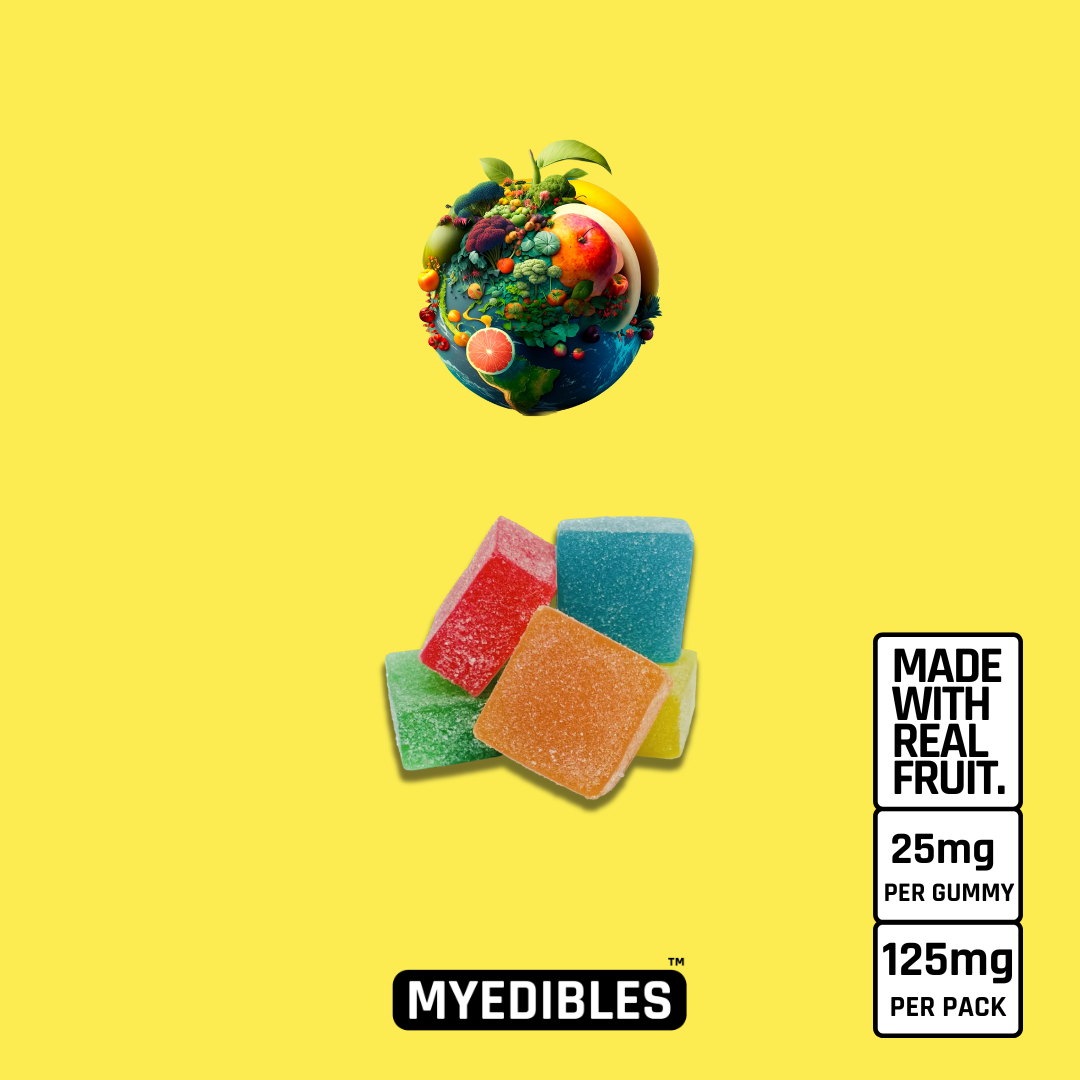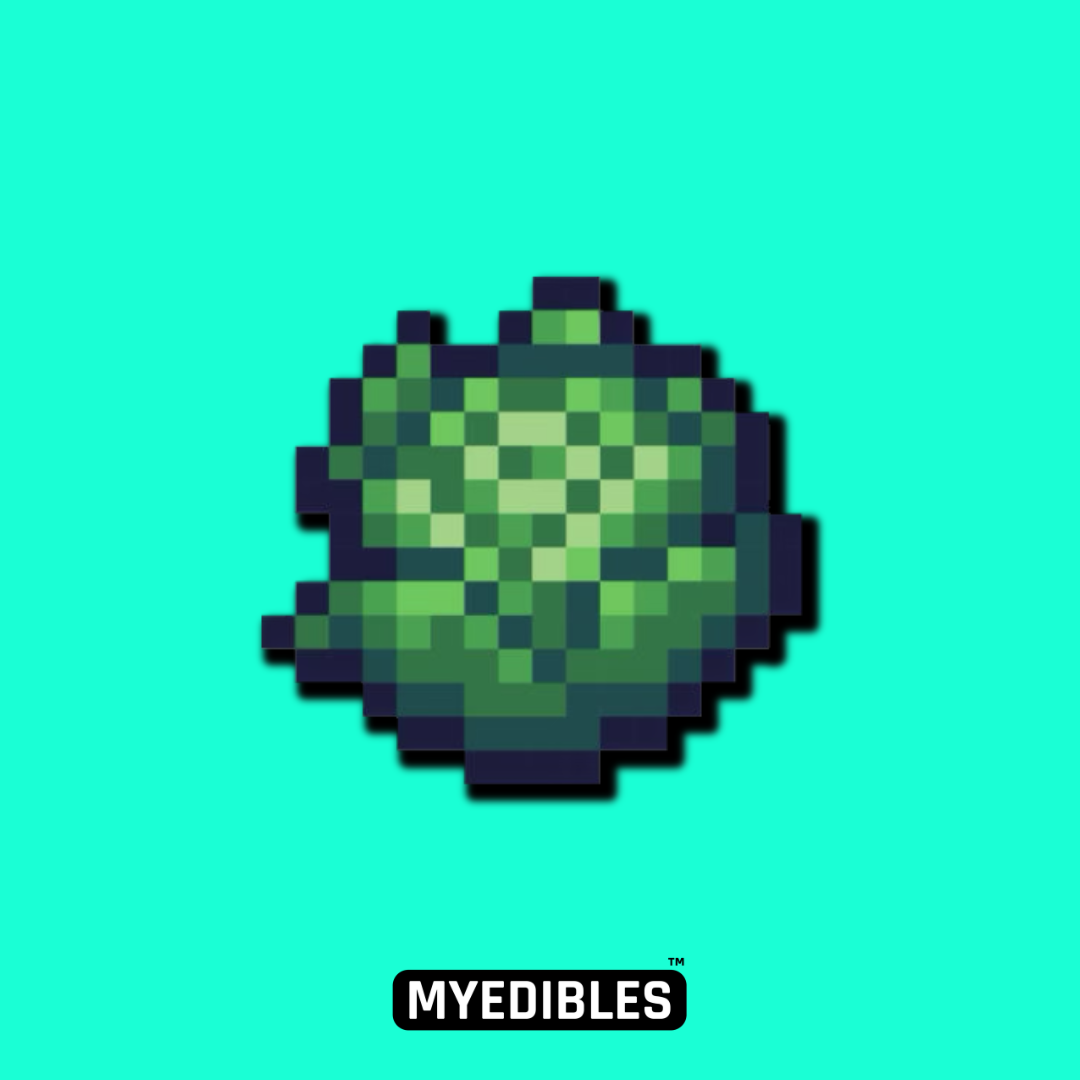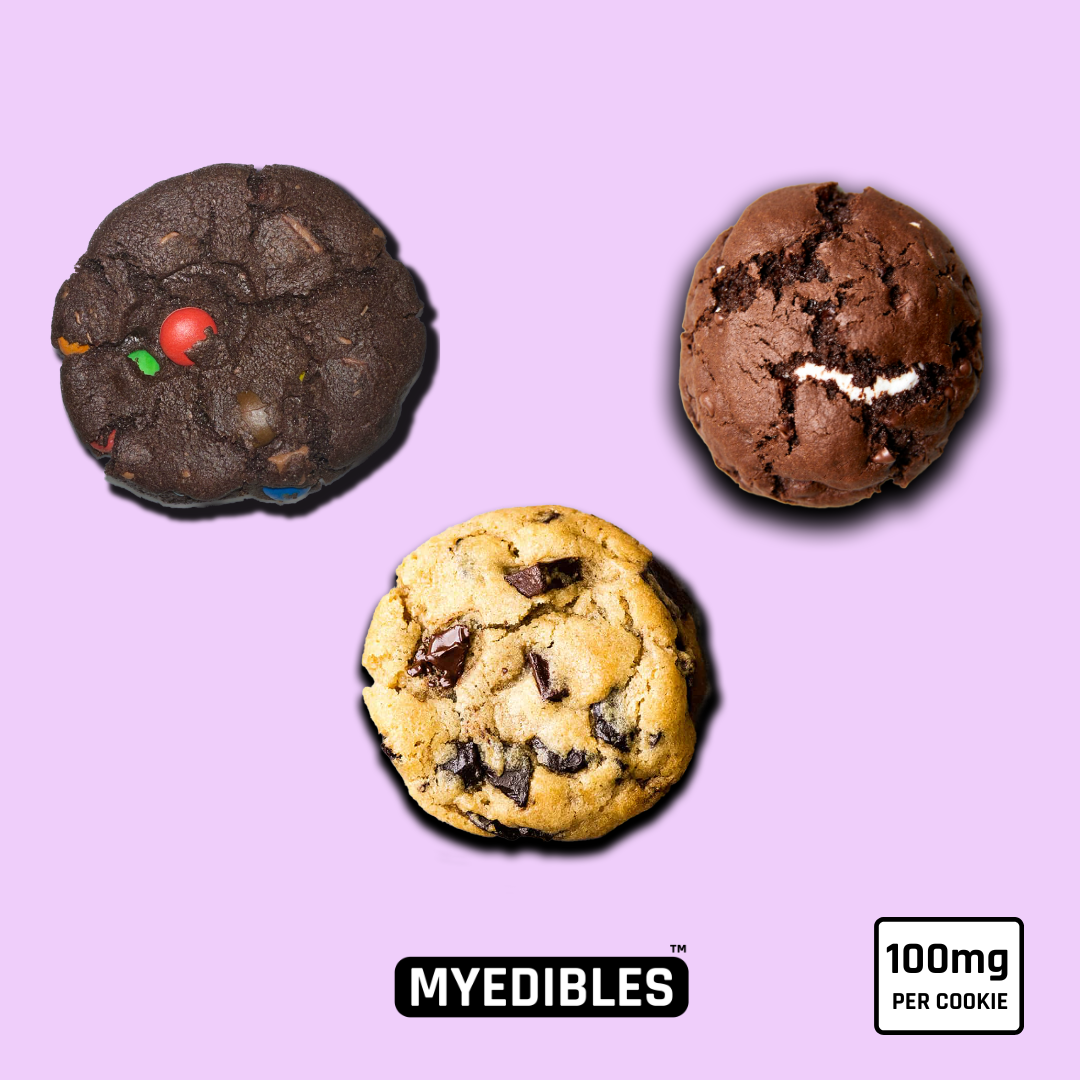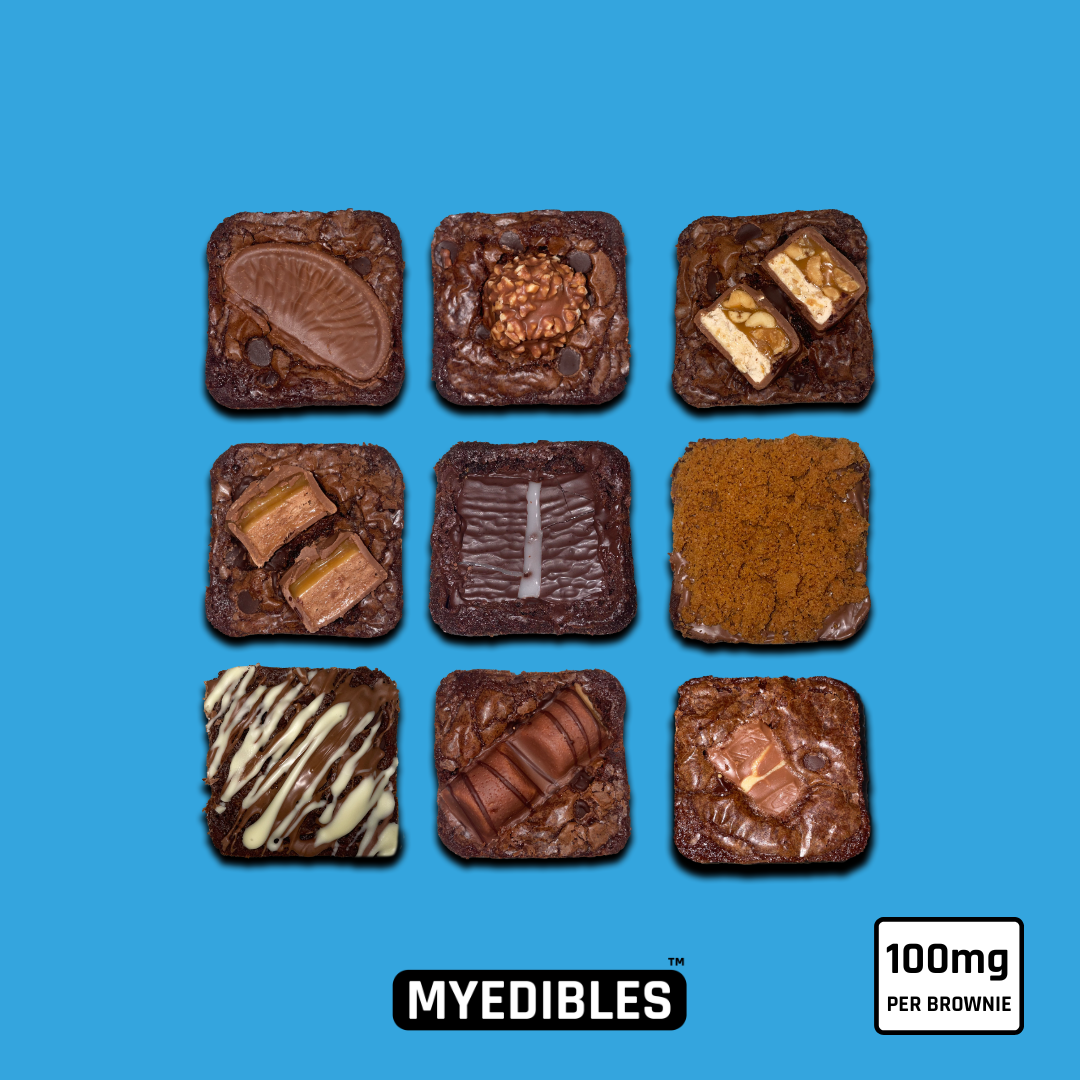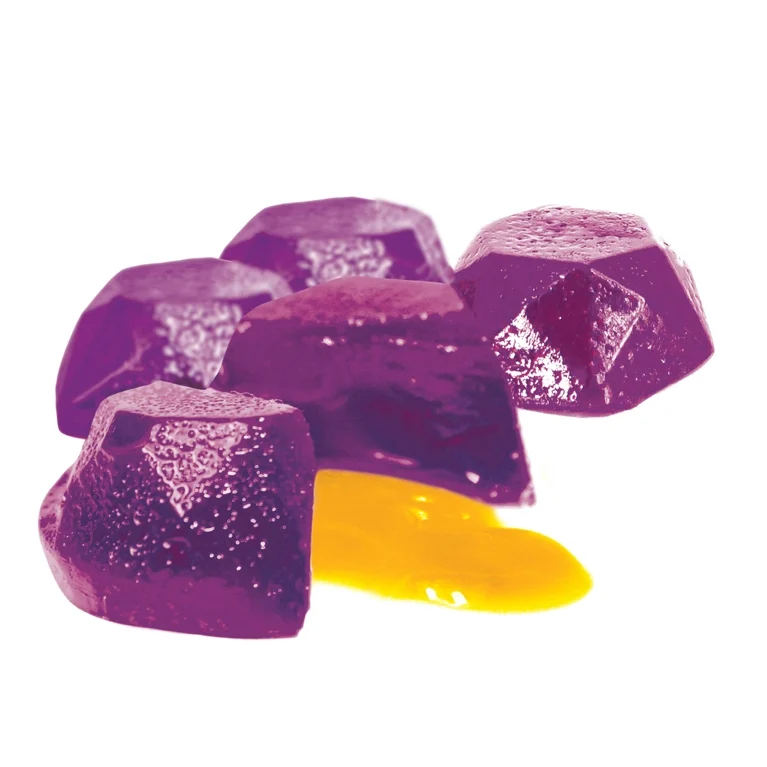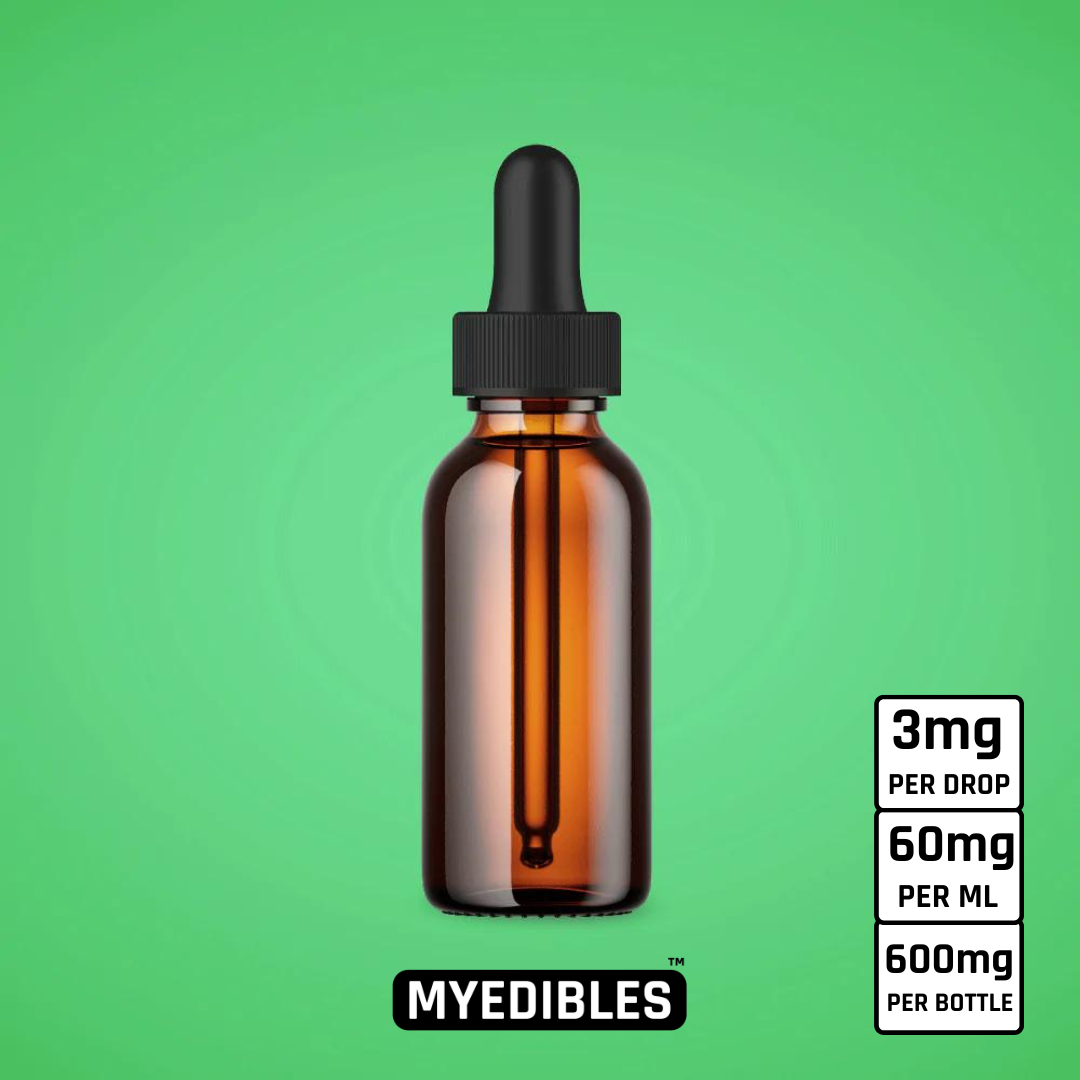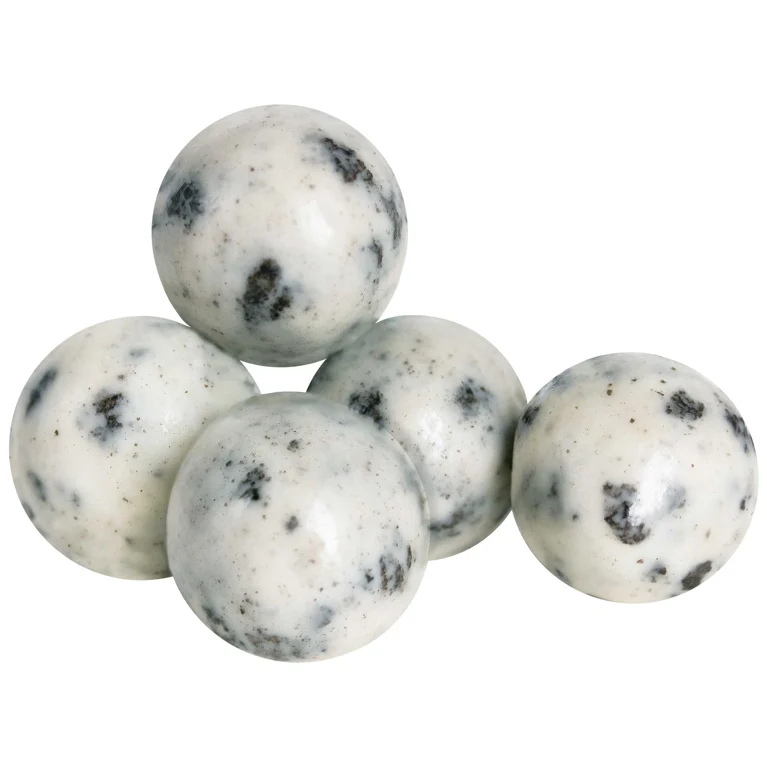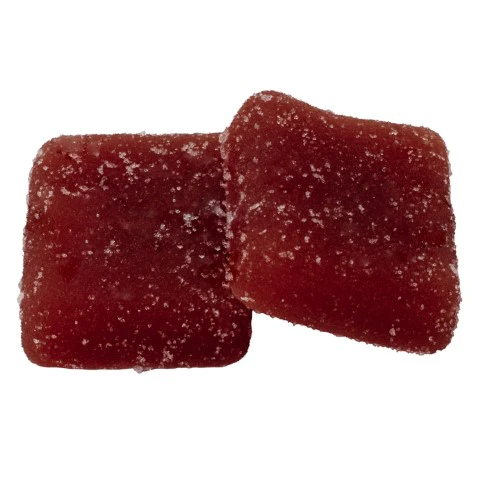TOP 7 HEALTH BENEFITS OF CANNABIS EDIBLES
After discovering the top 7 health benefits of cannabis edibles, you’ll wish you had incorporated them into your diet sooner!
Cannabis edibles are gaining popularity due to their numerous health advantages and their delicious taste. Now available at our online shop, these edibles come in various forms such as candies, infusions, and baked goods. But what exactly are cannabis edibles?
As the name implies, these products are consumed by eating cannabis rather than smoking or vaping it. The practice of consuming cannabis dates back thousands of years and provides a distinctly different experience. When it comes to cannabis, the method of consumption makes a significant difference. While smoking leads to a rapid onset of effects, edibles take much longer to kick in.
However, many users find the wait worthwhile. Why? Because it produces a much more profound experience. Eating cannabis sends the active compounds through the digestive system and the liver, resulting in a compound that has a more potent effect than standard THC.
In this MyEdiblesUK article, you’ll learn everything you need to know about cannabis edibles, including their history and how they can benefit both body and mind.
History of Cannabis Edibles
Cannabis-based foods and drinks have been consumed for centuries, dating back to as early as 1000 B.C. Traditionally used as a form of medicine in ancient India and China, by the 19th century, they were introduced into Western medicine to treat various conditions such as digestive issues, anxiety, and pain.
Cannabis edibles are regaining their place in the medical field as more patients seek natural ways to address their health issues. Today, a total of 46 countries, including the UK, have approved the use of medical cannabis.
Eating Cannabis VS Smoking
If you’re new to the world of medical cannabis, you might be curious about how cannabis can positively impact your health.
Cannabis contains a wide range of compounds, and its effects can vary significantly depending on the method of intake. For example, when smoking cannabis, the compounds are absorbed through the bloodstream, providing an immediate effect that lasts for a shorter period.
In contrast, when ingesting cannabis edibles, the compounds are processed in the liver through the gastrointestinal system. This results in a delayed onset but also more prolonged and potent effects compared to smoking.
Given the differences between these administration methods, their impacts on health also differ. Consuming cannabis edibles not only avoids the downsides of smoking but also offers several health benefits.
Smoking or vaporising cannabis, despite their differences, has shown some negative effects on the body. Smoking, in particular, is harmful regardless of the substance due to the high temperatures required for combustion. This process creates harmful byproducts known as carcinogens, which are linked to cancer and other health conditions. While vaping involves lower temperatures to extract cannabinoids and terpenes from the plant material, it also carries its own health risks.
By eating cannabis, users can avoid the issues associated with inhaling smoke or vapour. However, edibles come with their own set of challenges:
- Firstly, they take longer to take effect.
- Secondly, oral cannabinoids have low bioavailability, meaning the body struggles to absorb them effectively.
Manufacturers are addressing these issues by developing products that are more easily absorbed through the gut. Let’s explore some of the health benefits of consuming cannabis edibles to determine if they are right for you.
1. Insomnia, Anxiety, and Mental Illnesses
Starting with the technical aspects, cannabis contains two primary components: tetrahydrocannabinol (THC) and cannabidiol (CBD). THC is mainly responsible for the psychoactive effects of marijuana, inducing feelings of relaxation and euphoria, commonly known as the ‘high’ effect. Conversely, CBD can alleviate anxiety in both the muscles and mind. Therefore, if you are considering cannabis as a sleeping aid, THC-dominant strains are the preferred choice. At this point, it’s crucial to understand the differences between marijuana strains: Indica, Sativa, or Hybrids.
To comprehend how cannabis affects the human body, it’s essential to understand the endocannabinoid system (ECS). Known as the universal regulator, the ECS helps maintain the body in a state of biological balance known as homeostasis. The ECS consists of three key components: signalling molecules called endocannabinoids, receptors that endocannabinoids bind to, and enzymes that create and break down these signalling molecules.
These components are found throughout the body, including the central nervous system, immune system, skin, bones, and muscles. The widespread presence of the ECS highlights its crucial role in maintaining bodily functions. Key examples of homeostasis include the ECS’s ability to regulate neurotransmitter firing, bone turnover, appetite, energy metabolism, and mood. Interestingly, compounds from cannabis, known as phytocannabinoids (“phyto” meaning “plant”), can influence the ECS due to their structural similarity to our endocannabinoids.
This similarity allows molecules such as THC to impact the body’s most important regulatory network. THC works by binding to receptors known as CB1 and CB2. In contrast, CBD has a low binding affinity to these receptors. Instead, it modifies the behaviour of ECS enzymes, temporarily increasing endocannabinoid levels. Now that you are more familiar with how cannabis constituents work in the body, let’s explore some of the benefits that edibles might offer.
2. Sleeping and Anxiety Issues
Indica is the strain renowned for its soothing and relaxing properties, making it the ideal choice for addressing sleep and anxiety issues. Sativa strains, on the other hand, typically make users feel excited, happy, and energised, which is counterproductive if you’re trying to get some sleep. Lastly, hybrid strains combine varying levels of Indica and Sativa, offering a more balanced effect between relaxation and energy.
Besides selecting the appropriate strain, the method of administration significantly influences the effects. As mentioned earlier, edibles provide a much stronger and longer-lasting effect than smoking cannabis. Therefore, consuming cannabis edibles or infusions before bedtime can help improve a poor sleep schedule. For those coping with anxiety, a small dose of cannabis may provide the relaxation needed to ease their symptoms.
3. Mental Illnesses
Cannabis edibles also show promise in treating mental illnesses such as depression and eating disorders like anorexia and bulimia. For individuals dealing with these conditions, cannabis can help diminish the controlling voice of the illness, allowing them to relax and reduce stress.
For example, cannabis can effectively help an anorexic patient regain their appetite and overcome the guilt associated with eating, a common symptom of the disorder. Additionally, the term “munchies” refers to the common effect of extreme hunger and enhanced enjoyment of food after consuming cannabis, which can be beneficial for those with eating disorders.
4. Inflammation and Pain Management
CBD is well-known for its pain relief and anti-inflammatory properties. Chemically speaking, when the CBD components in edibles interact with a family of receptors called vanilloid cells, which receive stimuli, this interaction results in reduced inflammation and lower pain perception. This is why many patients with chronic conditions choose to consume cannabis edibles daily as a natural way to manage their symptoms.
To date, CBD oil and edibles have proven effective for patients dealing with:
- Arthritis
- Chronic pain
- Cancer
- Fibromyalgia
- MS pain
- Muscle pain
- Spinal cord injuries, and more
However, you don’t need to suffer from a chronic condition to benefit from the pain-relieving properties of cannabis. Many athletes and fitness enthusiasts use edibles to relax their bodies and recover after intense workouts.
5. An Alternative for Seizure Treatments
Due to its anxiety-relieving and body-relaxing effects, cannabis edibles have proven to be an effective alternative treatment for seizures. The THC and CBD components in cannabis interact with the brain and body to help manage symptoms. Although more research is needed, some studies have shown CBD’s effectiveness in controlling seizures, particularly in children. Additionally, medical cannabis lacks the negative side effects commonly associated with traditional epilepsy medications.
As a result, cannabis edibles and infusions have become increasingly popular for treating epilepsy, Parkinson’s disease, and migraines. Moreover, cannabis has shown efficacy in addressing psychomotor dysfunction and spasticity associated with multiple sclerosis.
6. Safety for the Gastrointestinal System
How often have you experienced stomach issues after a week of taking medication for a common illness like a fever or a cold? Gastrointestinal discomfort is one of the most frequent drug-induced injuries caused by prescription and over-the-counter medications, particularly nonsteroidal anti-inflammatory drugs (NSAIDs). Prolonged use of these medications can lead to secondary effects such as gastritis, ulcers, bleeding, and perforation of the stomach lining.
In contrast, cannabis edibles have not demonstrated any adverse effects on the digestive system with daily use. Plus, they taste good, making them an enjoyable option for patients with digestive problems or chronic conditions. Exploring the world of cannabis edibles reveals a variety of fun and tasty recipes to include in your diet, making the journey to better health much more enjoyable.
7. Impact on the Lungs
While smoking marijuana may offer positive effects on the body and mind, it’s essential to acknowledge the potential harm that smoke can cause to the lungs. Cannabis smoke can irritate the throat and lungs, often leading to heavy coughing. Additionally, the combustion process produces high levels of volatile chemicals and tar, similar to tobacco smoke, which can be associated with cancer and lung diseases.
For this reason, many medical patients prefer cannabis edibles, which do not affect the lungs since they are processed through the digestive system. Moreover, cannabis edibles are suitable for treating younger children who are not old enough to smoke.
How to Make Edibles at Home?
Now that we’ve covered the benefits and uses of cannabis edibles, let’s explore how to make them at home. In this new era of cannabis legality, the variety of edible options available for purchase is astounding. From classic weed brownies to potent gummies, weed-infused drinks, energy bars, chocolates, beef jerky, dosed breakfast cereals, pizza sauce, dried fruit, potato chips, and medicated vodka, the list continues to grow each year.
But what about making edibles at home? Contrary to popular belief, creating your own cannabis edibles is quite simple. Even with minimal kitchen experience, you can easily prepare a batch of cannabis-infused coconut oil and craft some delicious and healthy cannabis snacks.
How to Make Cannabis-Infused Coconut Oil
This recipe works with any oil or butter, but we’ve switched to coconut oil for our edibles and haven’t looked back for several reasons:
- Health Benefits: Coconut oil is healthier than butter, being high in lauric acid, a medium-chain fatty acid that offers numerous wellness benefits.
- Versatility: Coconut oil has a long shelf life, great taste, and works well in both sweet and savoury recipes.
- Vegan-Friendly: Suitable for a vegan diet.
- High Fat Content: Coconut oil can hold more cannabinoids than butter due to its high-fat content (90% compared to butter’s 60%), making it a superior option for cannabis infusion.
- Taste: Many find that coconut oil tastes better.
There are several ways to make cannabis-infused coconut oil, but the slow-cook method ensures the highest concentration of cannabinoids is extracted from the cannabis into the oil. Before we dive into the recipe, let’s discuss an essential step: decarboxylation.
Decarboxylation
Decarboxylation is necessary before infusing cannabis into any recipe. This process activates the cannabinoids in the plant, making them digestible by the body. Without decarboxylation, you won’t experience the desired effects from your edibles as the cannabinoids remain inactive and not bioavailable through the digestive system.
Decarboxylation Process
- Preheat your oven: Set your oven to 115°C (240°F).
- Prepare the cannabis: Break up the cannabis into small pieces and spread it evenly on a baking sheet.
- Bake: Place the baking sheet in the oven and bake for about 40 minutes, stirring every 10 minutes to ensure even heating.
- Cool: Allow the cannabis to cool before using it in your infusion.
Making Cannabis-Infused Coconut Oil
Ingredients
- 1 cup coconut oil
- 1 cup decarboxylated cannabis (ground)
Equipment
- Slow cooker or double boiler
- Cheesecloth or fine strainer
- Glass jar for storage
Instructions
- Combine the Ingredients: In your slow cooker or double boiler, combine the decarboxylated cannabis with the coconut oil.
- Heat: Set your slow cooker on low or use a double boiler over simmering water. Allow the mixture to heat for 6-8 hours, stirring occasionally. This slow cooking process ensures the cannabinoids are fully extracted into the oil.
- Strain: After heating, strain the mixture through cheesecloth or a fine strainer to remove the plant material. Be sure to squeeze out as much oil as possible from the cannabis.
- Store: Pour the infused oil into a glass jar and store it in a cool, dark place. The oil can be used in various recipes or as a cooking ingredient.
By following these steps, you’ll create a potent and versatile cannabis-infused coconut oil that can be used in a wide range of culinary applications. Enjoy experimenting with different recipes and dosages to find what works best for you.
How to Decarb Your Weed Before Making Edibles
Decarboxylating your weed is a crucial step to activate the cannabinoids and ensure your edibles are potent and effective. Here’s how to do it:
- Preheat Oven: Set your oven to its lowest setting, around 230°F (100°C). If your oven runs hotter, leave the door slightly ajar.
- Prepare Cannabis: Break the buds into small chunks or use a grinder.
- Line and Spread: Line an oven tray with baking paper, spread the buds evenly, and cover with aluminium foil.
- Bake: Place the tray in the preheated oven for 10 to 15 minutes.
- Flip and Bake Again: Flip the buds and bake for another 10 minutes.
The buds should be dry, crunchy, and lightly browned. Now that your cannabis is decarbed, you’re ready to infuse it into some oil.
How to Make Cannabis-Infused Coconut Oil
Ingredients
- 500 ml of extra virgin coconut oil
- 7 to 14 grams of decarbed cannabis flower or trim
- 3 litres of water
Equipment
- A slow cooker or a large cooking pot
- A fine mesh metal strainer or cheesecloth
- A large metal or glass bowl
- An airtight jar or container for storage
Method
- Combine Oil and Water: Add the coconut oil and water to the slow cooker or pot and bring to a boil.
- Lower Temperature: Once boiling, reduce the heat to the lowest setting, aiming for around 90°C (195°F). If you don’t have a thermometer, look for small bubbles forming at the base of the pot without boiling.
- Add Cannabis: Once the temperature is correct, add your decarbed cannabis and stir well.
- Infuse: Allow the mixture to infuse for at least 6 hours, stirring every 45 minutes and checking the temperature to ensure it remains steady.
- Cool Down: After the infusion process, turn off the heat and let the mixture cool to room temperature.
- Strain: Center your strainer or cheesecloth over a bowl and pour the mixture through it. Squeeze the remaining oil out of the cannabis.
- Separate Oil and Water: Place the bowl in the fridge or freezer to separate the oil from the water. The oil will solidify on top.
- Remove and Reheat: Remove the solidified oil and discard the water. Reheat the oil slowly and pour it into your airtight jar or container.
Congratulations, you now have a batch of cannabis-infused coconut oil ready for use in all your favourite recipes. This oil will keep for about a month in the fridge or up to a year in the freezer. Properly strained oil with no plant material left behind will last even longer. Enjoy experimenting with different culinary creations!
Conclusion and Recommendations
Cannabis edibles have demonstrated numerous benefits for our health, aiding in the management of both physical and psychological conditions. The therapeutic potential of cannabis continues to be unveiled as scientific research progresses, shedding light on this ancient yet re-emerging medical ally.
Exploring the use of cannabis edibles could provide you with significant relief and improvement in various health aspects. However, it’s crucial to approach this with caution and ensure you consume the correct dosages.
Why not give cannabis edibles a try at MyEdiblesUK and experience their benefits firsthand? Always start with a small dose and gradually adjust as needed to find what works best for you. With careful use, cannabis edibles could become a valuable addition to your health regimen.
Disclaimer: This article provides information for educational purposes only and should not be considered medical advice. Always consult with a healthcare professional before using any THC related product.


